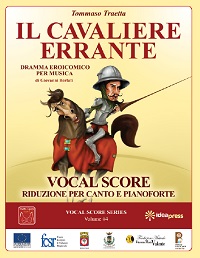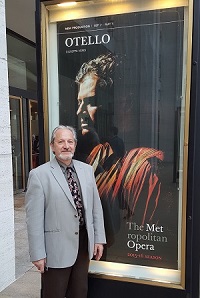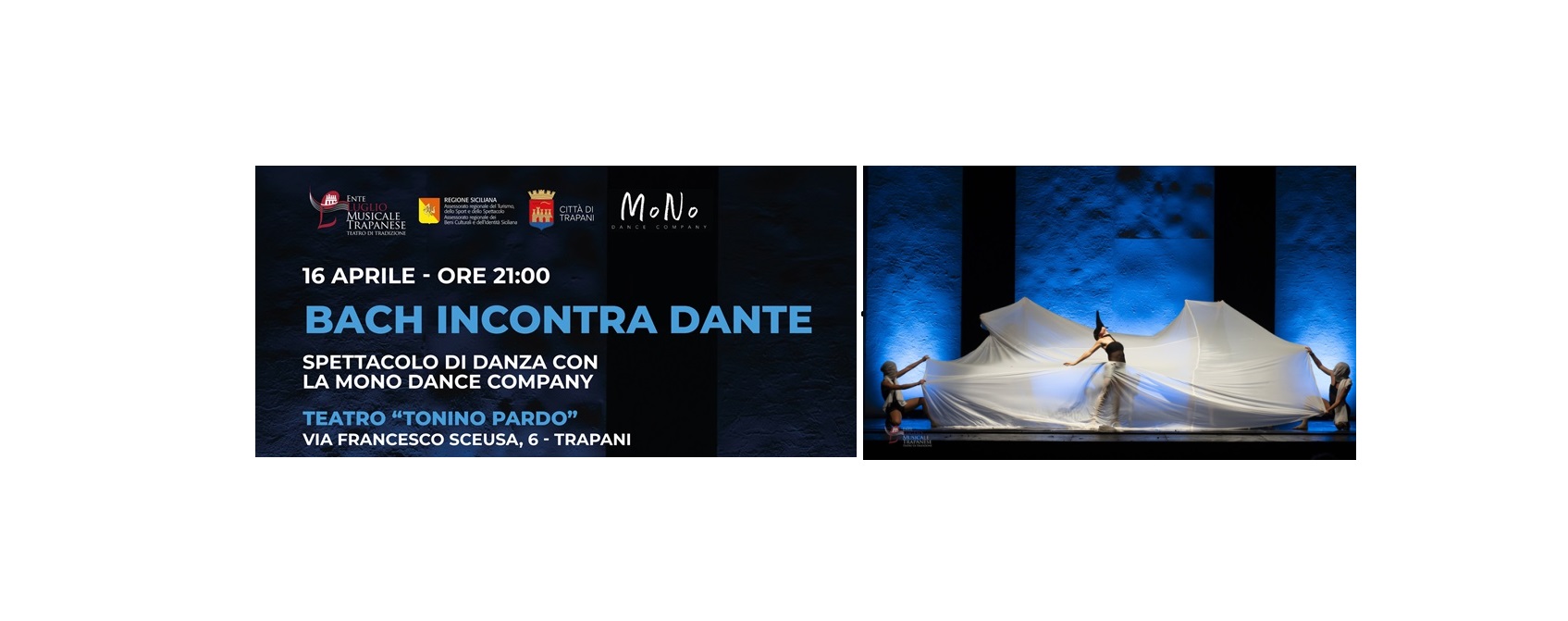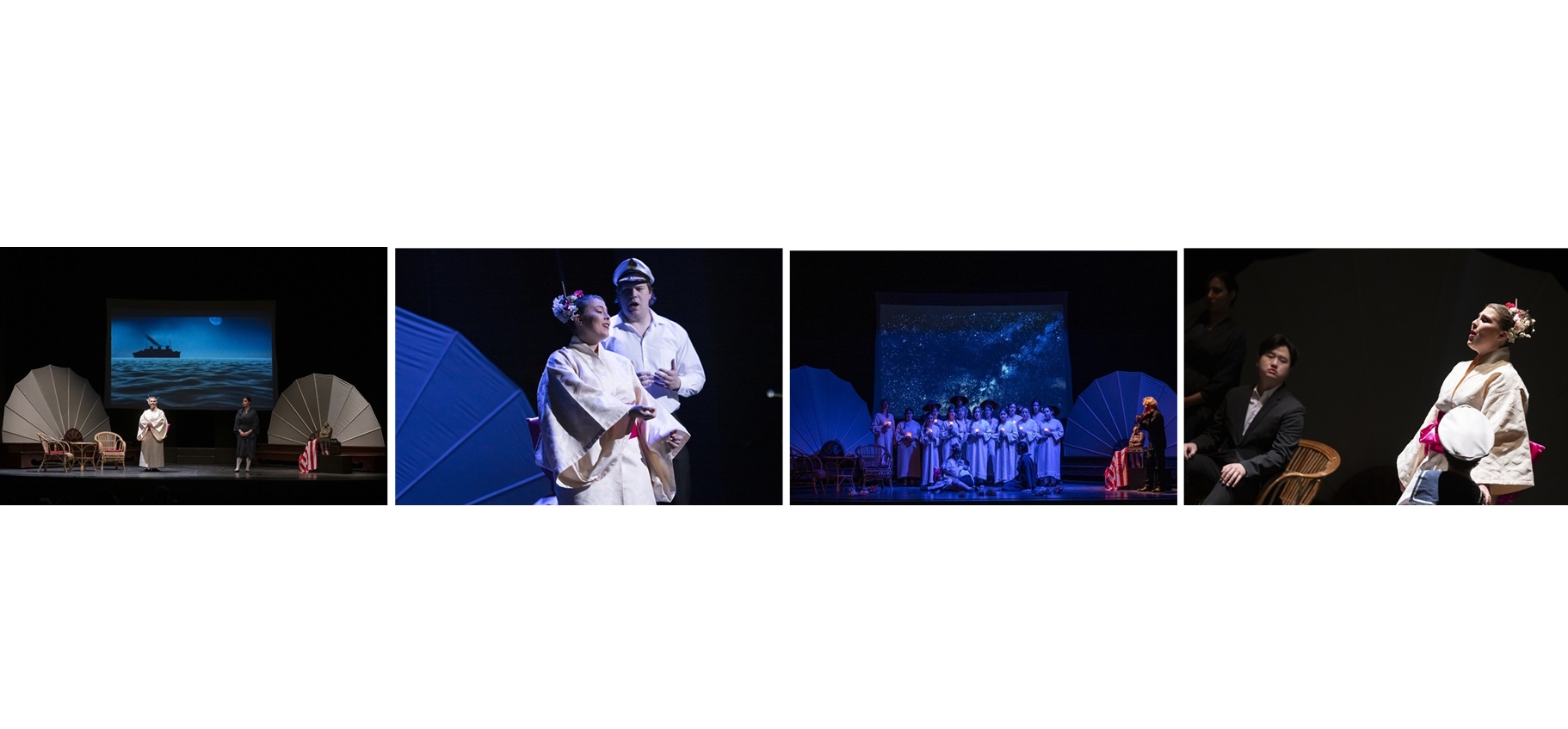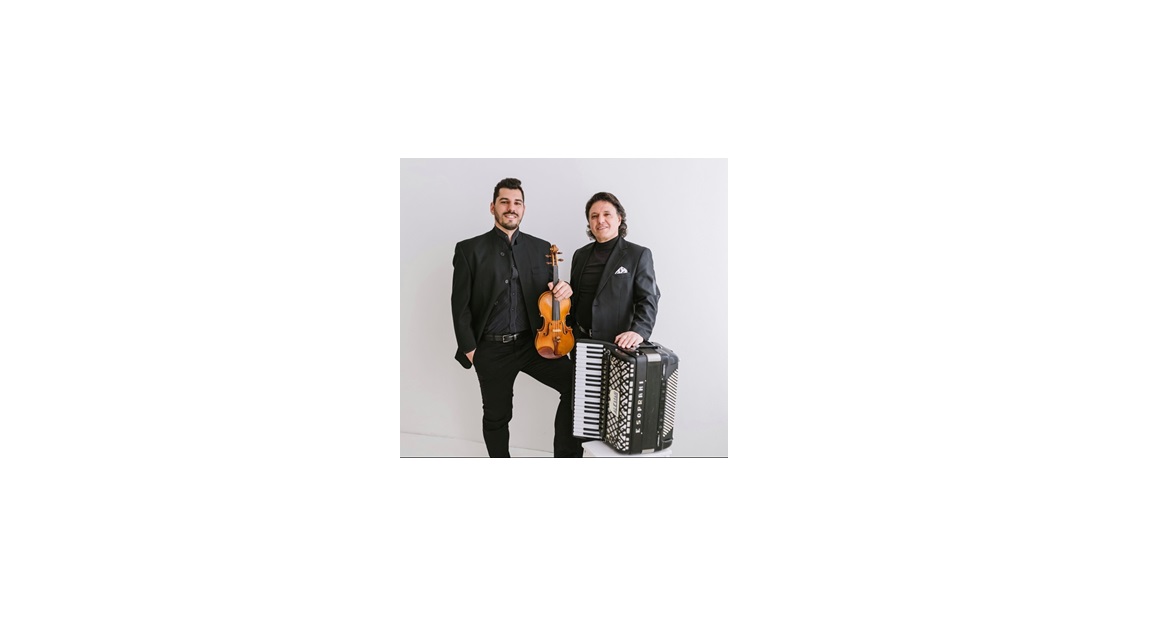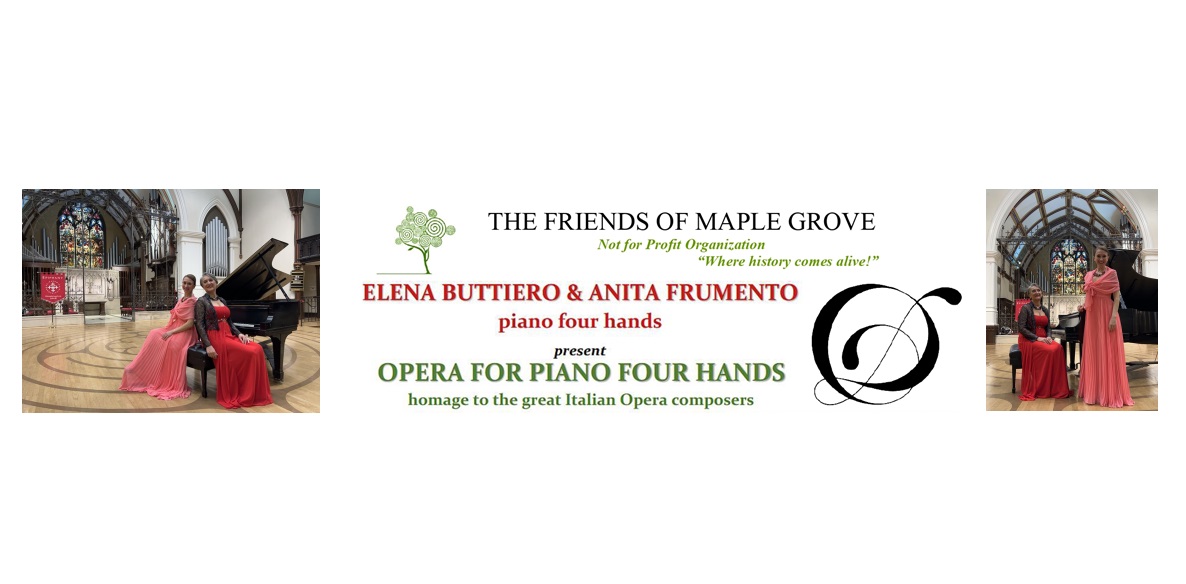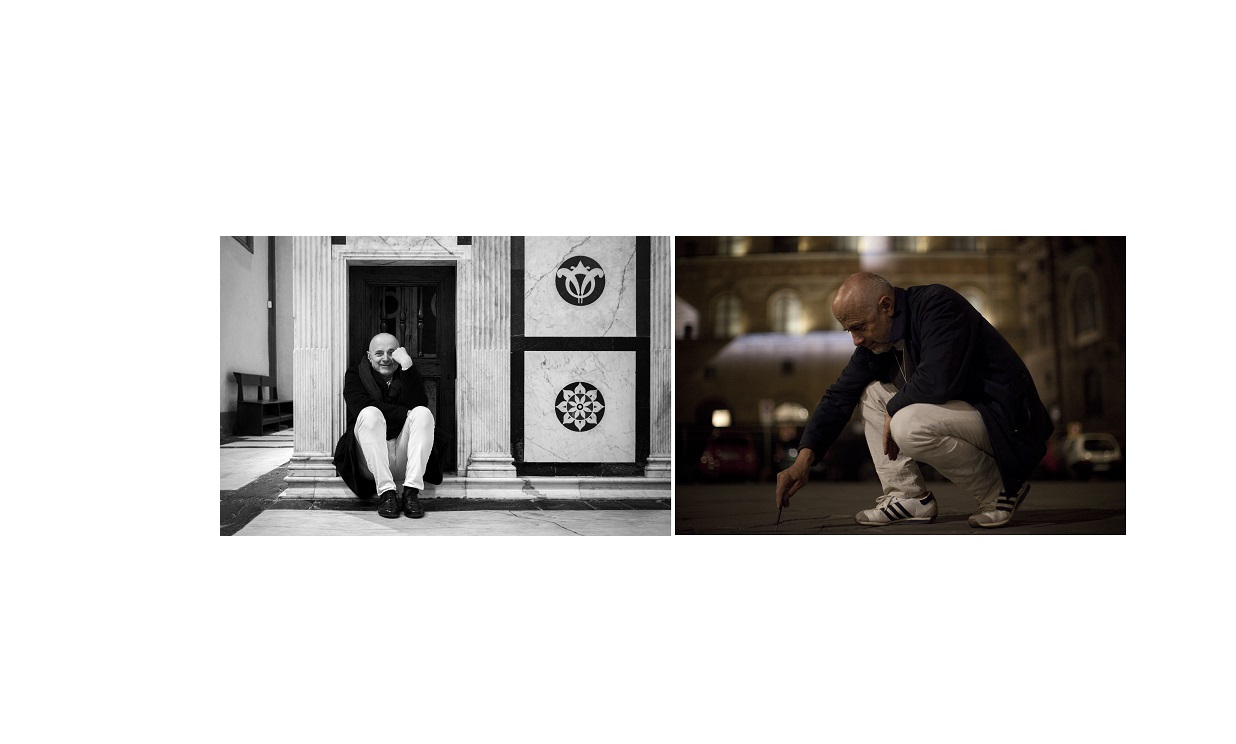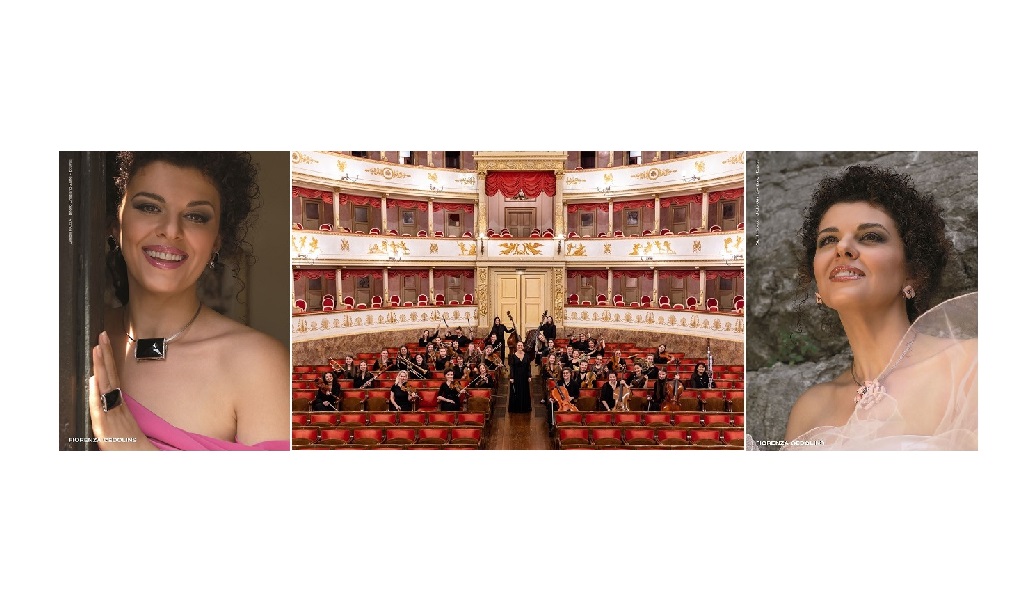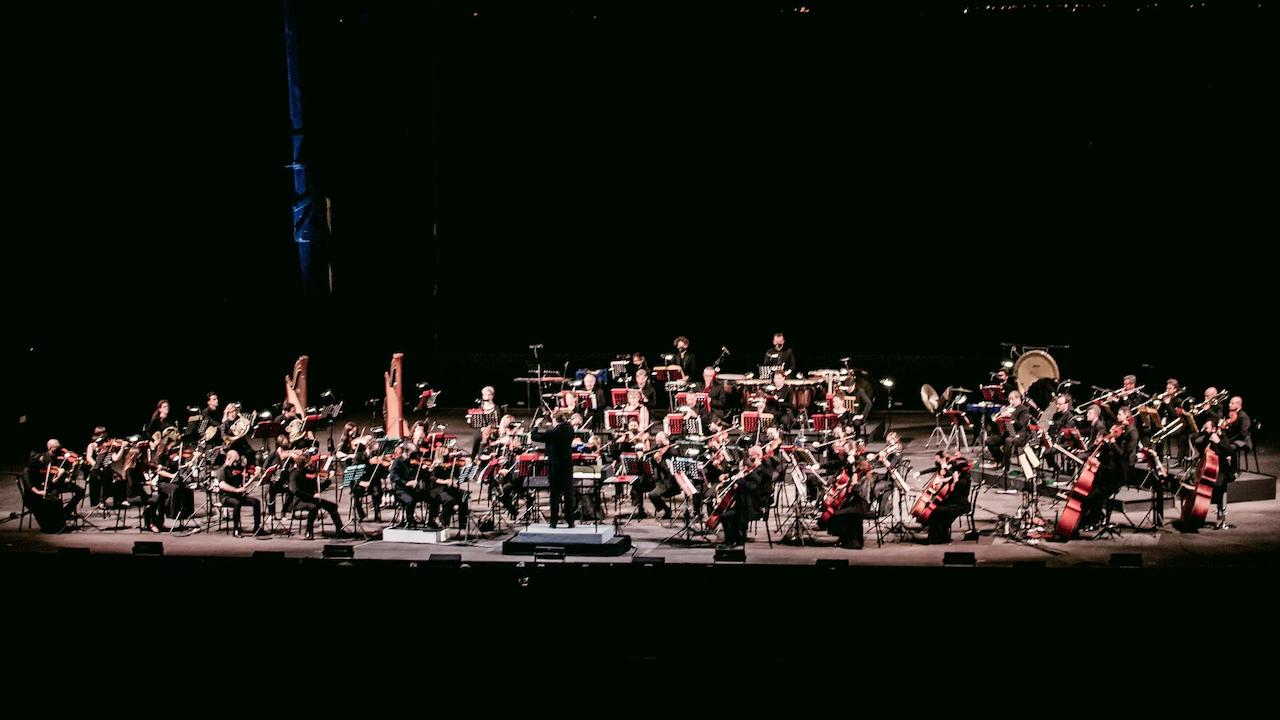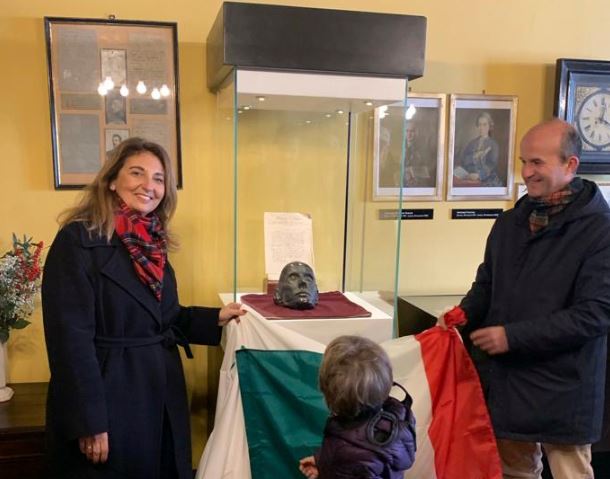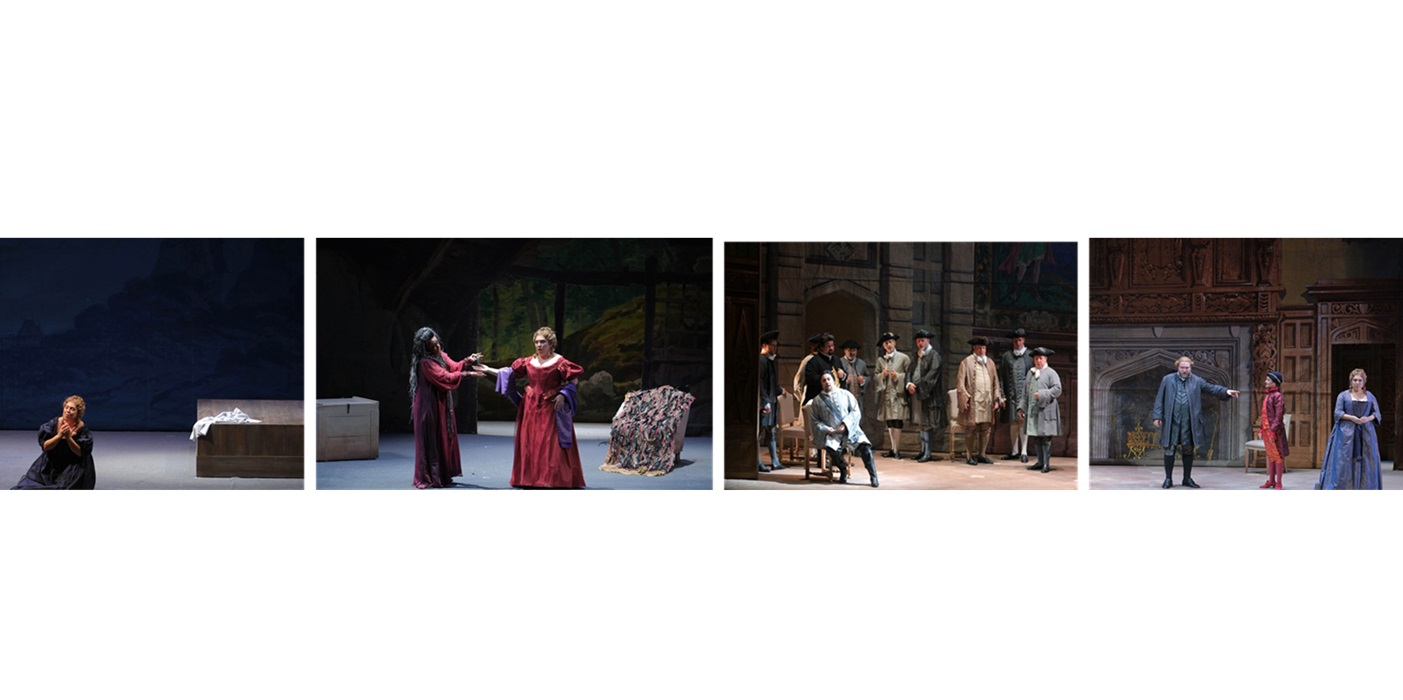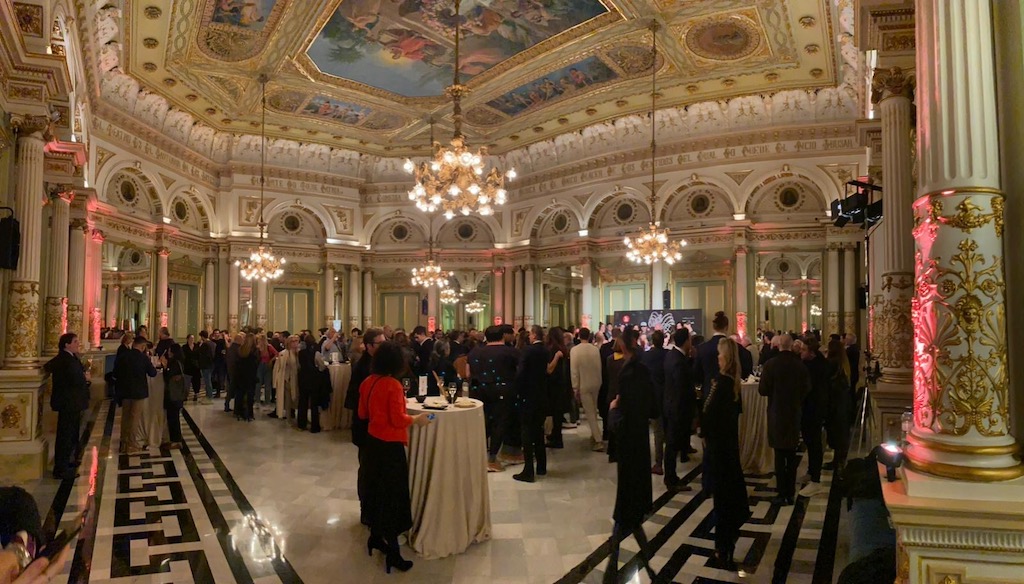MADAMA BUTTERFLY
GIACOMO PUCCINI
March 12, 2014
MADAME BUTTERFLY, JAPANESE TRAGEDY IN THREE ACTS (1904)
MUSI C BY GIACOMO PUCCINI (1858-1924)
C BY GIACOMO PUCCINI (1858-1924)
LIBRETTO BY LUIGI ILLICA AND GIUSEPPE GIACOSA BASED ON THE PLAY BY DAVID BELASCO, ADAPTED FROM A SHORT STORY BY JOHN LUTHER LONG
PERFORMED IN ITALIAN
Undoubtedly one of the most beautiful and most comprehensive portraits of a woman in the history of opera—but also one of the most terrible, since it is a tale of humiliation and deceit which ultimately leads to death. From its advent in the 1890s, “verismo” had relied on excessive, melodramatic librettos and effective, uncompromising theatricality. It had also relied on a power of expression that transformed the slightest word into imprecation. This was true for a work like Cavalleria rusticana or Tosca, Puccini’s preceding work. In “Butterfly” though, there is nothing of the sort: there is little or no action, just the slow poetry of the soul. Certainly, there are words but they are pared down to perfection to become almost incidental. Compared to the devouring passion expressed in each intonation of Santuzza or Manon Lescaut, Butterfly contrasts silence and heartrending song with an unearthly modesty. Svetla Vassileva, who gained fame in Paris in Francesca da Rimini, plays the distraught young woman in this sensitive and flawless production by Bob Wilson.
| Daniele Callegari | Conductor | |
| Robert Wilson | Stage director and sets | |
| Frida Parmeggiani | Costumes | |
| Heinrich Brunke et Robert Wilson | Lighting | |
| Suzushi Hanayagi | Choreography | |
| Holm Keller | Dramaturgy | |
| Alessandro Di Stefano | Chorus master |
|
Svetla Vassileva
|
Cio-Cio San
|
|
|
Cornelia Oncioiu
|
Suzuki
|
|
|
Teodor Ilincai
|
F. B. Pinkerton
|
|
|
Gabriele Viviani
|
Sharpless
|
|
|
Carlo Bosi
|
Goro
|
|
|
Florian Sempey
|
Il Principe Yamadori
|
|
|
Marianne Crebassa
|
Kate Pinkerton
|
|
|
Scott Wilde
|
Lo Zio bonzo
|
Video Preview: Madama Butterfly in Paris
The composer
Giacomo Puccini — born in 1858 in Lucca, died in 1924 in Brussels. Born into a family of organists from Lucca (his father was a theoretician and a famous teacher), Puccini studied at the Milan Conservatory under Ponchinelli, amongst others. He wrote around ten operas, most of which have become pillars of the operatic repertory (Manon Lescaut, La Bohème, Tosca, La Fanciulla del West, Il Trittico, Turandot) and several religious works (Salva regina, Messa di Gloria). Considered as one of the principal representatives of the verismo movement, which was the extension into music of naturalism in literature, Puccini stands apart because of the sophistication of his musical style and the rejection of the brutality that often characterized the movement.
The work
The libretto of Madama Butterfly is drawn from a novella by John Luther Long, which had already given rise to a play by David Belasco seen by Puccini in English in London in 1900. Through the story of the seduction and abandonment of a Japanese girl by an American officer, it presents the confrontation between two worlds. The first, Japanese, is anchored in its customs and traditions, and the second, American, all-conquering and carefree, the symbol of the new world. In a first two-act version, which was not a success, the character of Pinkerton is vulgar, uncouth, selfish, disdainful of Japanese customs and above all cowardly. It was when he came to revise the opera, extending it from two to the three acts that had initially been envisaged, that Puccini transformed the character, making him more human and less cynical, and, in a short air added at the last moment, giving him feelings of remorse.
Before composing his « Japanese tragedy », Puccini did research into traditional Japanese music and into the timbres of female voices in that country. The work is centred on the character of Cio-Cio-San, whose aria « Un bel dì, vedremo » is one of the most famous and most intense in the repertory.
Of all his operas, Madama Butterfly is the one Puccini preferred, the one he could listen to without wearying of it, considering it his « most sincere and most expressive ».
The first performance
The first two-act version was created on 17 February 1904 at La Scala in Milan ; the second, in three acts, on 28 May of the same year at the Teatro Grande in Brescia.
The work at the Paris Opera
After numerous performances at the Opéra-Comique, the integral version ofMadama Butterfly was first given at the Palais Garnier on 23 June 1978 in a la Scala di Milano production, directed by Jorge Lavelli (scenery and costumes by Max Bignens) and conducted by Georges Prêtre. It was interpreted by Teresa Zylis-Gara (Cio-Cio-San), Jocelyne Taillon (Suzuki), Franco Tagliavini (Pinkerton) and Tom Krause (Sharpless). In 1983 Massimo Bogianckino presented both versions of the work in alternation in a production directed by Pierluigi Samaritani (who was also responsible for sets and costumes). Alain Lombard conducted the three-act version and Miguel Angel Gomez-Martinez the two-act one. The principal performers were Raina Kabaivanska / Hélène Garetti (Cio-Cio-San), Christa Ludwig / Anna Ringart (Suzuki), Ernesto Veronelli / Maurizio Frusoni (Pinkerton) and Giorgio Zancanaro / Alessandro Corbelli (Sharpless). Madama Butterfly entered the repertory of the Opéra Bastille in November 1993, conducted by Myung-Whun Chung, and with Diana Soviero, Nicoletta Curiel, Johan Botha and William Stone in the principal roles. It is this production which is being presented today.





